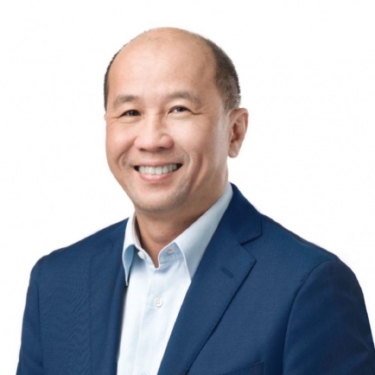Singtel says the introduction of the growth plan follows the successful completion of its strategic reset initiated in 2021 to transform the company by capitalising on technology proliferation and unprecedented digitalisation amplified by COVID.
Yuen Kuan Moon, Singtel’s Group Chief Executive Officer said, “Three years ago, the reset was a strategy for transformation amid accelerated digitalisation brought on by COVID. Today, ST28 is a strategy for growth and sustained value realisation.
“Having sharpened the Group’s business focuses, made significant operational improvements and executed to a proven capital recycling programme, we have built a strong foundation for the Group to move into its next phase of growth.
|
|
“While the transformational work is behind us, there is still more to do to deliver value for our customers and shareholders and we intend to exercise the same financial discipline and governance to get there.”
Singtel says a key outcome of the strategic reset has been a major restructuring of the Group’s businesses to focus on the three areas of connectivity, digital services and digital infrastructure - and major investments in 5G underpinned this reset with 5G leadership established in Singapore where the network rollout is complete “while more than 80% of Australia’s population receive 5G coverage”.
“This has allowed the Group to deliver the best possible customer experience, grow digital businesses in adjacent lifestyle sectors and leverage 5G for digital and infrastructure services.
“In the connectivity business, the consumer and enterprise units were merged in both Singtel Singapore and Optus to drive synergies and innovation, make cost improvements and boost the competitiveness of both companies in a sector facing structural declines.”
According to Singtel, new growth engines were identified and scaled in both the ICT and data centre space, with NCS and Nxera expanding into the region - and the divestment of non-core digital businesses Amobee and Trustwave removed S$200 million in annual EBIT losses.
“In the regional associate markets, the Group has repositioned for new opportunities in the emerging area of fixed mobile convergence by integrating IndiHome with Telkomsel in Indonesia and 3BB with AIS in Thailand,” Singtel said.
“A capital recycling programme was launched in 2021 which has monetised S$8 billion from assets such as stakes in Indara (formerly known as Australia Tower Network), Airtel and Nxera to fund growth initiatives.
“On the people and sustainability front, the Group has deepened its commitments to climate action, becoming Asia’s first telco to bring forward its net-zero goal to 2045 and renew its science-basedtargets with SBTi. The Group has also further championed its people – investing some S$20 million a year to help them reskill and upskill for the digital economy.”
Arthur Lang, Singtel Group CFO said, “A proven capital management programme is the key component of our transformation. We have raised a total of S$8 billion in the past three years and used the proceeds to fund growth, pay down debt and return some of that capital to our shareholders. This strategy of recycling assets and working with capital partners is designed to help us deploy capex sustainably – whether for our core or growth businesses. Asset monetisation will give us funding flexibility.
“As we keep scaling our capital-intensive growth businesses, attracting the right investors and the smart money will bring a critical external lens to our businesses and help illuminate their true value. Additionally, working with partners who want to grow with us will not only bring patient capital for longer term projects, but valuable strategic expertise.
“Given the strategic transition of our business, we are changing our dividend policy to reflect the importance of lifting the core performance of our businesses as well as rewarding shareholders with our successful capital management initiatives.
“The value realisation dividend will be funded by current excess capital, as well as future excess capital from the Group’s identified asset recycling pipeline of around S$6 billion, part of which will be set aside to fund growth opportunities. Furthermore, core dividend growth will track improvements in business performance. This demonstrates confidence in our performance and outlook for cashflow and will allow us to return capital to shareholders in a sustained manner even as we continue investing in growth.”







































